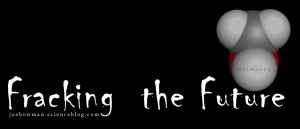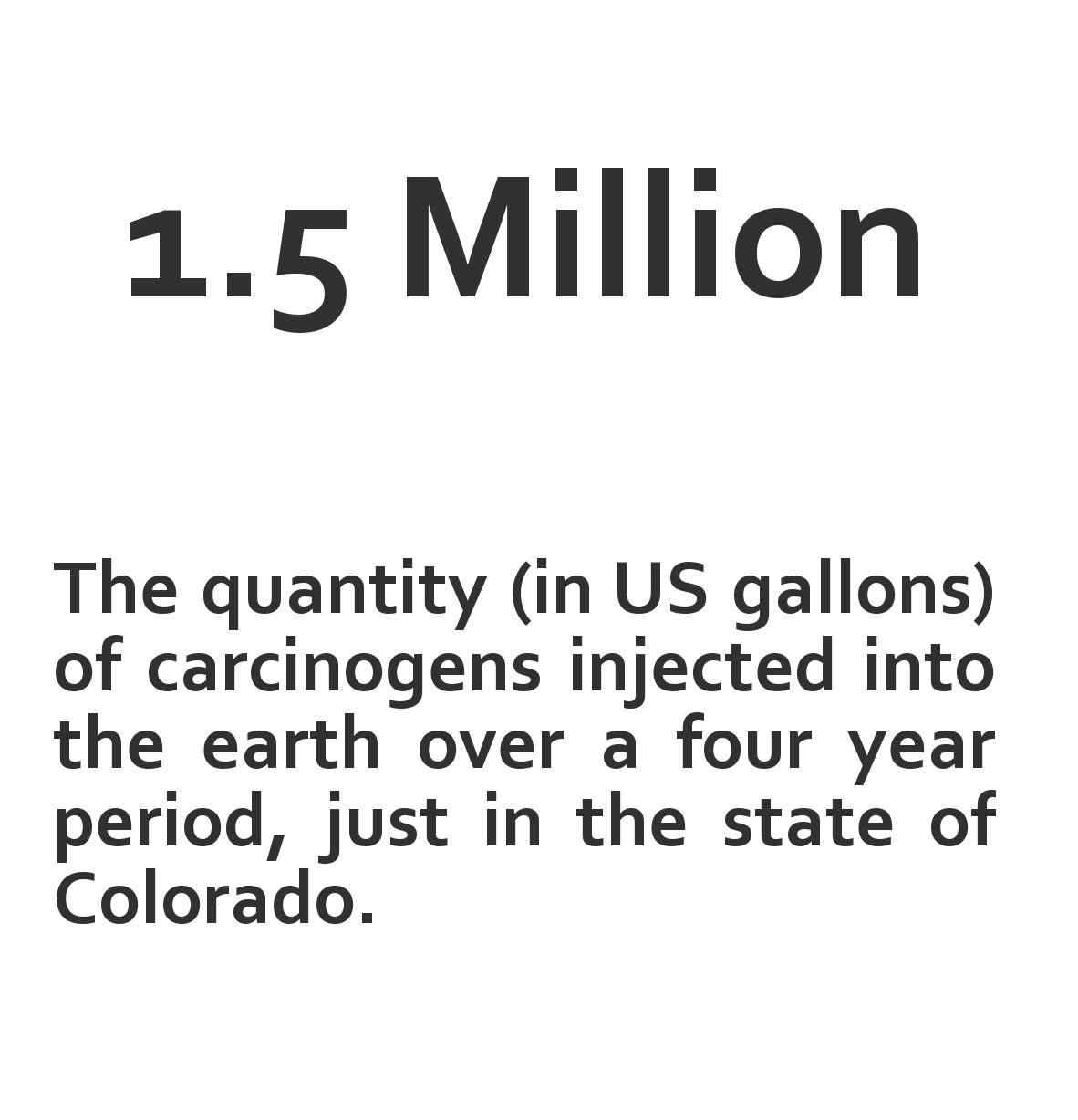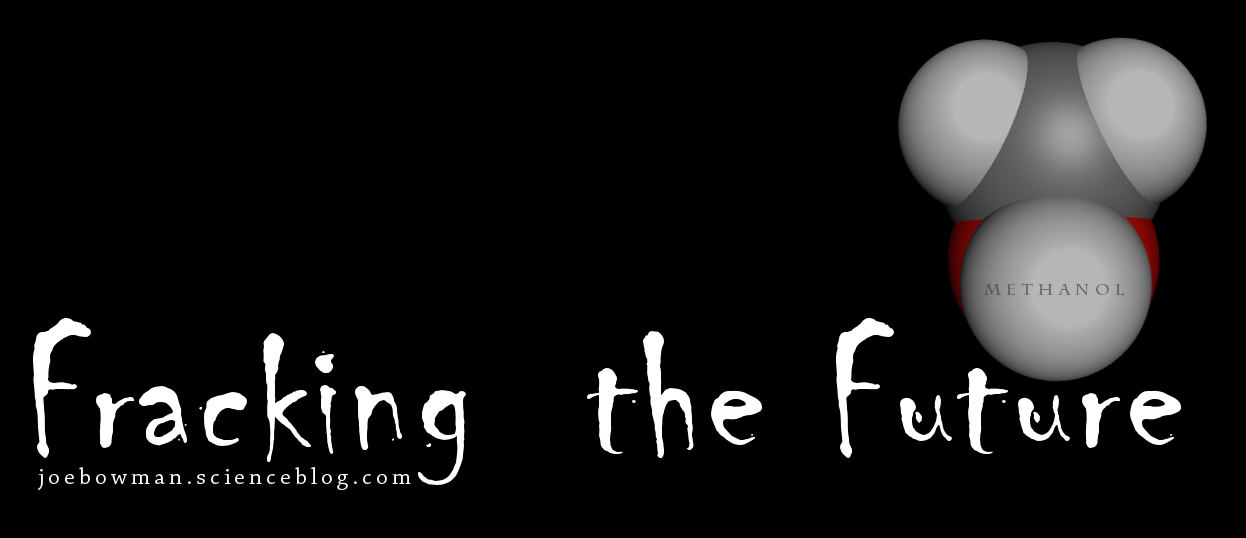 The Wrathful Planet – In recent decades, a technique for natural gas exploration and extraction known as ‘fracking’ has emerged which has had a ‘game changing’ impact for energy producers worldwide. In existence since the 1940’s the current technique involves a modernized combination of several preexisting techniques: horizontal drilling and hydraulic fracturing in combination with novel application of chemical agents.
The Wrathful Planet – In recent decades, a technique for natural gas exploration and extraction known as ‘fracking’ has emerged which has had a ‘game changing’ impact for energy producers worldwide. In existence since the 1940’s the current technique involves a modernized combination of several preexisting techniques: horizontal drilling and hydraulic fracturing in combination with novel application of chemical agents.
With natural gas prices at their lowest in a decade the industry has a continued cost-efficiency over oil even in the face of forecasts speculating the doubling of the prices seen today. Where the price of oil is determined in a global market with perturbations being felt across the globe the market price of natural gas is typically intra-national and often times, as is the case with the United States, a regional one. Where certain deposits of natural gas have previously been cost ineffective to extract, fracking has opened the way for exponential growth for the Energy Industry.
Despite the advantages, many questions remain such as the environmental impact of the chemical blends used to improve well performance and other risks associated with deep ground extraction. Drilling takes place, not only in remote areas but in many cases in proximity to population centers and precious deep ground aquifers.
 With service companies typically refusing to show the chemical agents used in fracking and loose or often watered-down regulations and safeguards, the public’s clamoring for transparency is reaching new heights. Not just the usual NIMBY (not in my back yard) fight, fracking has energized activists and communities across the United States.
With service companies typically refusing to show the chemical agents used in fracking and loose or often watered-down regulations and safeguards, the public’s clamoring for transparency is reaching new heights. Not just the usual NIMBY (not in my back yard) fight, fracking has energized activists and communities across the United States.
To understand the nature of the fracking fight, one must gain an understanding of the methodologies at play. Each fracking operation while unique, has some core components shared across all extraction operations.
Vertical Drilling – This is the most traditional aspect of fracking and is employed in almost all types of extraction scenarios.
Horizontal Drilling – Traditional vertical wells can cut through gas rich rock layers, but only tap the portion of rock that the bore pass through. Horizontal drilling allows a curvature to be implemented into the bore path making it possible to target the desirable layer more effectively.
Hydraulic Fracturing – Using high pressure water (~95-99%) is mixed with chemical agents and pumped into the well. Deep underground, the gas rich rock layer is cracked and the fissures in the rock are held apart with sand or various types of grit. With the fissures held open, the gas issues forth and the well becomes active, capable of extracting exponentially more hydrocarbons that ever considered possible before.
Chemical Agents & Additives – The aforementioned substances mixed to create the fracking fluid are variable and many with some being known or suspected carcinogens and air pollutants. A 2011 Congressional Report details a number of findings distilled from data provided by 14 leading oil and gas providers.
The committee found that methanol was the chemical that was by far the most commonly used between the years of 2005 – 2009. Methanol is considered a Hazardous Air Pollutant (HAP) and is being review by the U.S. Environmental Protection Agency under the Safe Drinking Water Act (SDWA).
The foaming surfactant agent, 2-butoxyethanol (2-BE) was also heavily employed, which can cause hemolysis in humans in addition to causing damage to organs such as the spleen, liver, and bone marrow. Toxicological studies on humans have shown that this class of chemical is even more readily taken into the body when suspended within an aqueous solution. With fracking operations happening within relatively close proximity to deep ground aquifers and vital water tables the possibility for serious consequences becomes clear.
 Consequences that became a reality for one small town in Wyoming. After years of issuing complaints about local water quality Pavillion, Wy residents petitioned the EPA to test water wells used by the area’s residents. Situated in the Wind River Indian Reservation, the Tribes, the Northern Arapahoe and Eastern Shoshone Indians have petitioned to be recognized as a State under the Clean Air Act.
Consequences that became a reality for one small town in Wyoming. After years of issuing complaints about local water quality Pavillion, Wy residents petitioned the EPA to test water wells used by the area’s residents. Situated in the Wind River Indian Reservation, the Tribes, the Northern Arapahoe and Eastern Shoshone Indians have petitioned to be recognized as a State under the Clean Air Act.

Complaints that led to the EPA testing ranged included:
- Water taking on a yellow tint
- Oral Numbness
- Appearance of gas bubbles
- Oily character/sheen
- Loss of taste sense
- Increased turbidity (cloudy as if with sediment)
- Chemical-like smell
EPA Expanded Site Investigation results are pending but residents have been advised to use alternate sources of water.
Should heavy industry be responsible for self-regulation? Are we asking the wolf to play shepherd? Is the information I present to you today simply another example of civilian hysteria that pro-business forces regularly decry? Is it true what industry spokespersons say when they insinuate that the reason for the public resistance to fracking is the complex nature of the chemical agents themselves?
Regardless of the ultimate answer what we do know is that this is fracking is happening now and if service companies are operating in a gray area of the law where environmental impact and necessary commonsense statutes that proper legislation provide, then perhaps fracking is something worthy of closer inspection.
While the benefits of fracturing techniques are significant and perhaps ultimately necessary for an increasingly energy hungry world, the risks and collateral damage to communities and individuals must not go unappreciated.
If Humanity has indeed disrupted the natural balance of planet Earth, future generations will undoubtedly seek to learn by what manner and for what reasons this reality came to pass.
Further Reading
Toxicological review of ethylene glycol monobutyl ether (EGBE) (CAS No. 111-76-2)
Pavillion, Wyoming Groundwater Investigation (EPA 2010)
Fact-Based Regulation for Environmental Protection in Shale Gas Development (2012)
Evaluation of Contaminants in Private Residential Well Water

